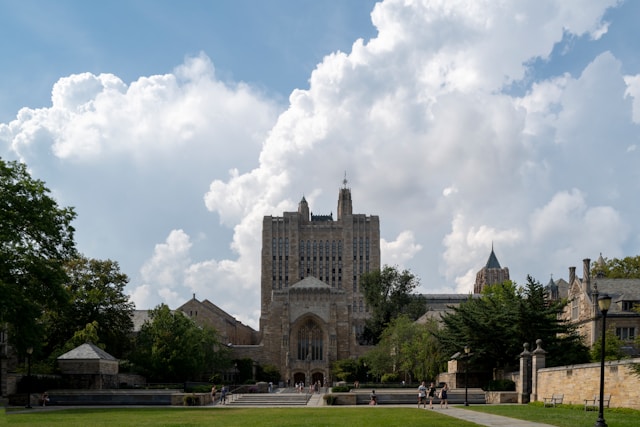A groundbreaking study from the Connecticut Agricultural Experiment Station (CAES) just revealed something a bit unsettling: exotic tick species from all over the globe have started hitching rides home with Connecticut travelers. Published in iScience, the research tracked down ticks from seven foreign countries on residents who’d just returned from trips abroad between 2019 and 2023.
That’s a real worry for public health in cities and towns across Connecticut—think Hartford, New Haven, Stamford, Bridgeport, Norwalk, Danbury, Waterbury, and Greenwich. It’s not the sort of souvenir you want to bring back, right?
Explore top-rated stays with no booking fees and instant confirmation. Your dream trip starts here!
Start Exploring Now
Exotic Ticks Arriving with International Travelers
The CAES team looked at ticks submitted by folks who’d recently visited places like Belize, Costa Rica, Germany, Guatemala, Poland, Scotland, and Tanzania. Most people picked up these ticks during things like horseback riding, hiking, or tours through national parks.
After getting home, they noticed ticks attached to their skin and brought them in for lab testing through their doctors. It’s not exactly what you want to find after a vacation, but it happens.
Species Identified in Connecticut
Researchers identified four non-native species:
The Cayenne tick was especially concerning, since it tested positive for *Rickettsia amblyommatis*, a bacterium tied to spotted fever illnesses like Rocky Mountain Spotted Fever (RMSF). Nobody wants to deal with that, honestly.
Potential Health Risks for Connecticut Residents
No one in the study actually got sick, but the link between exotic tick pathogens and rising RMSF cases has researchers on edge. In places like Middletown and New Britain, doctors are staying alert for unexplained fevers, rashes, or joint pain that might have a tick connection.
Invasive Tick Species Already Established
So far, these new exotic species haven’t set up shop here. But three other invasive ticks are already making Connecticut their home:
These established species can carry pathogens that cause some pretty nasty conditions, including a rare allergy to red meat and diseases a lot like RMSF.
Climate Change and the Expansion of Tick Ranges
Experts keep pointing to climate change as a big reason for all this movement. Warmer winters and fewer long cold snaps—those used to keep non-native ticks at bay—now let these pests stick around and spread farther across Connecticut.
It’s not just a theory. Communities from Norwich to Fairfield are seeing more risk as the climate shifts.
Precautionary Measures for Travelers and Residents
CAES wants people to get proactive about tick prevention, whether you’re home or traveling:
What This Means for Connecticut’s Future
This study shows how global travel brings new public health threats into local environments. Connecticut communities like Milford, Bristol, and Torrington haven’t reported permanent infestations of exotic species yet.
Still, the state has to stay vigilant. Early detection and public education matter a lot here.
Proactive prevention gives us the best shot at avoiding outbreaks of tick-borne illnesses. Nobody wants to see that happen in their own backyard.
As global travel picks up again and climate conditions keep shifting, experts say tick surveillance will get even more important. From the shores of New London to the hills in Litchfield County, every resident should know the risks.
It’s smart to take precautions to protect yourself and your family. Sometimes, it’s easy to forget how quickly things can change.
—
If you’d like, I can also provide a **set of 10 SEO-friendly meta descriptions** you can use with this blog to help it rank better for Connecticut search traffic. Would you like me to do that next?
Here is the source article for this story: ‘Exotic’ tick species from 7 countries ‘hitchhiked’ to CT, new study finds
Find available hotels and vacation homes instantly. No fees, best rates guaranteed!
Check Availability Now








